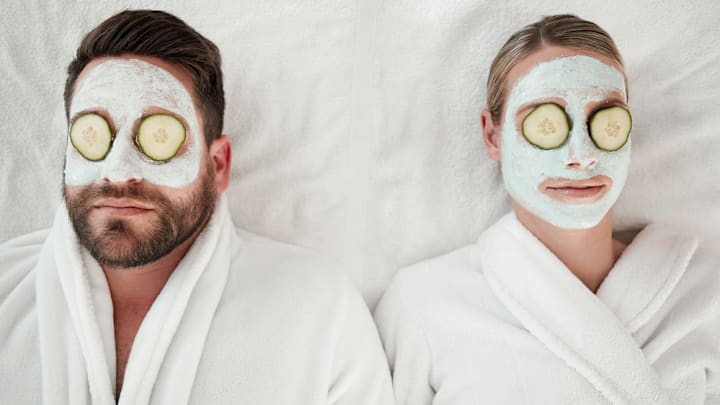Are Clean Beauty Products Really Better for You—Or Just Clever Marketing?

Let’s get one thing straight: the term “clean beauty” has no universal definition.
It sounds great, doesn’t it? Clean. Safe. Gentle. You picture minimalist packaging, plant-based ingredients, and a vague promise that what you’re putting on your face won’t ruin your hormones. But is the clean beauty label a trustworthy guide—or just a clever branding strategy designed to hook conscious consumers?
Welcome to the muddy waters of modern skincare marketing. Let’s wade in.
The Appeal of “Clean”
“Clean beauty” taps into a very primal desire: to feel safe. In an era of ingredient lists that read like chemistry textbooks, a product promising to be “non-toxic” or “natural” can feel like a beacon of simplicity.
But here's the thing—“clean” isn’t regulated. The FDA doesn’t have a definition for it, and neither do most global regulatory agencies. That means brands can slap the word on packaging without meeting any standard criteria. One brand’s “clean” is another’s chemical stew.
And let’s not forget: poison ivy is natural. So is arsenic. Natural does not always mean safe.
The Science (or Lack Thereof)
A lot of clean beauty marketing is built on fear. Words like “toxic,” “endocrine disruptor,” and “carcinogen” get thrown around to scare consumers away from synthetic ingredients. But often, these claims are based on misinterpreted studies, outdated science, or data that doesn’t account for dosage.
Take parabens, for example. They've been villainized for years, despite decades of research showing they're safe in the tiny concentrations used in cosmetics. In fact, their removal has sometimes led to less effective preservation systems—resulting in moldy products or skin irritation.
The reality is, many “clean” alternatives swap well-studied synthetics for untested natural ingredients. So while the label may say “non-toxic,” that doesn’t automatically mean it’s safer—or even better for your skin.
Greenwashing and Guilt
Here’s where it gets tricky: the clean beauty movement began with good intentions. It pushed the industry toward greater ingredient transparency, environmental responsibility, and awareness of potential allergens.
But somewhere along the way, it became a marketing goldmine. Suddenly, everything had to be green, recyclable, and botanically infused. The goal? To sell you not just a product, but a lifestyle—a virtue.
This is called greenwashing—when a brand emphasizes its eco-friendliness without actually backing it up. Think leafy designs, calming color palettes, and buzzwords like “pure” and “plant-powered.” They want you to feel like you’re saving the world one serum at a time.
It’s guilt-driven shopping disguised as wellness.
So What Should You Trust?
Here’s a radical idea: instead of labeling products “clean” or “dirty,” focus on what works for your skin. Get to know ingredients. Look up research. Trust derms over influencers. Use the EWG and INCI Decoder—but also, use common sense.
And if you want to go fully natural? Great. Prefer a mix of science-backed synthetics and soothing botanicals? Also great. Just don’t let fear—and a marketing team—do the decision-making for you.
Clean beauty isn’t a scam. But it isn’t a silver bullet, either. It’s a category still figuring itself out. And maybe the real power comes not from the label, but from your ability to choose mindfully—beyond the buzzwords.